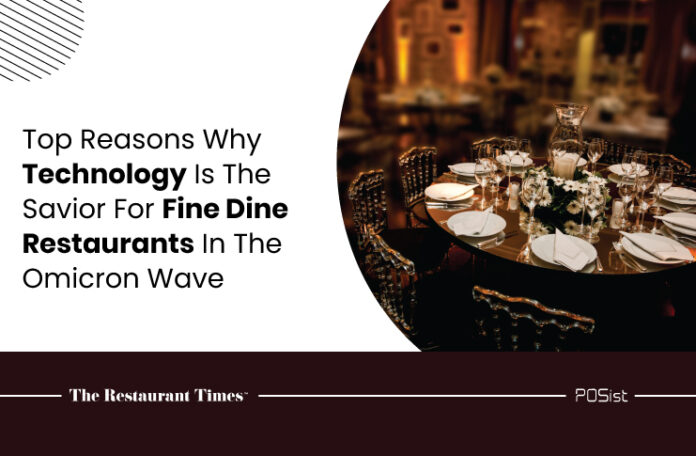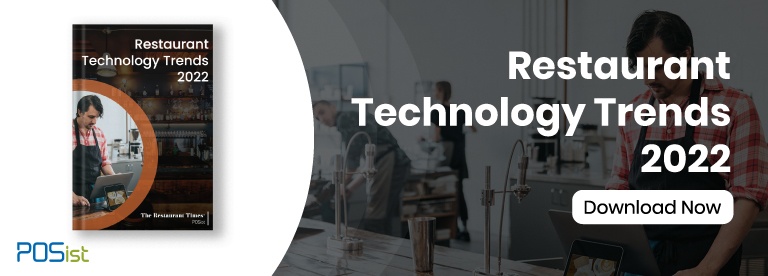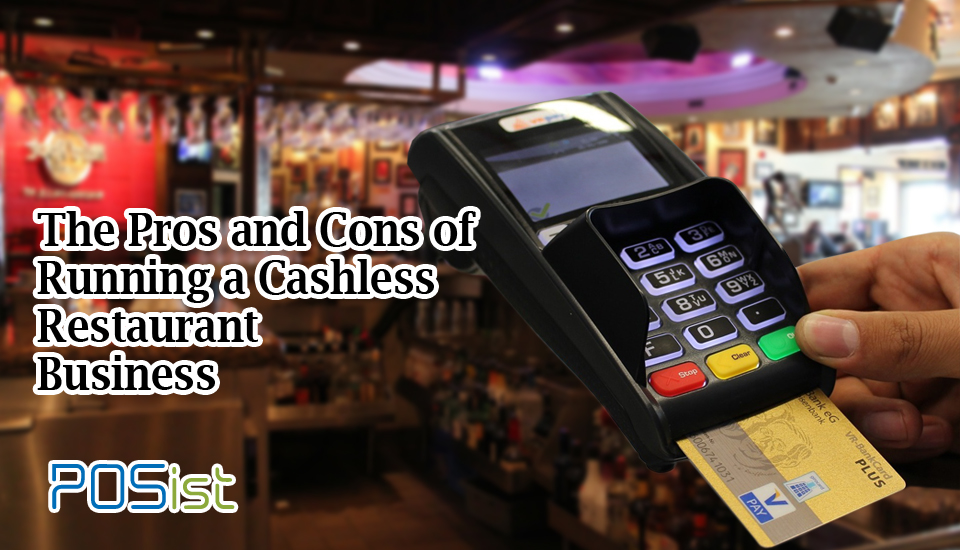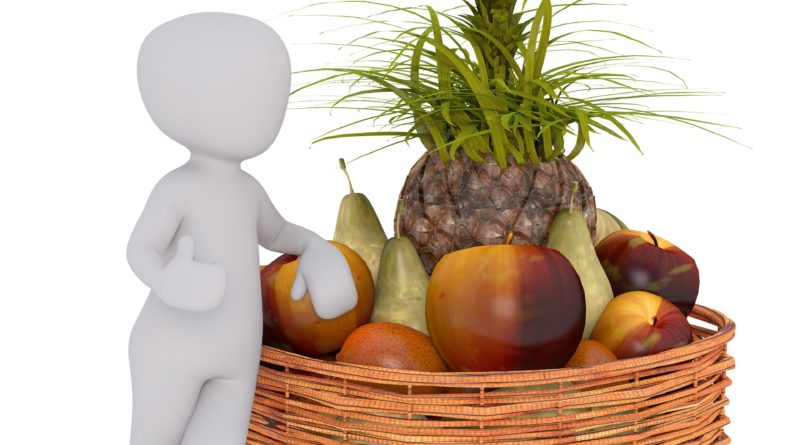With the latest wave of COVID-19 spreading rapidly, restaurant owners are considering how best to implement safety measures while controlling costs. Not everyone agrees on the best course of action. Just a month ago, dine-in was showing signs of improvement. Consumers had emerged from their Covid bubbles in high spirits and were ready to celebrate. It was time to get dressed (and mask up) and go clink glasses with friends, listen to music, and enjoy life after months of isolation. The hospitality industry, which had been one of the most impacted by the Covid-19 outbreak, welcomed the shift. However, on-premise eating has once again been hit by the arrival of the new, highly transmissible Omicron variety, just as restaurants, bars, and hotel owners were getting ready to welcome customers for the crucial Christmas season.
Now, restaurant businesses are counting on new technologies and creative digital solutions to deliver a breakthrough. On one hand, the COVID-19 pandemic forced food and beverage establishments to move beyond their typical offerings. On the other, many restaurants are adopting technology solutions to capitalize on the new opportunities.
Surviving The Omicron Wave With Technology In Restaurants
As restaurants alter their operations to not just survive but thrive in this new connected and contactless world, technology and innovation are playing a critical role in their success, if not their survival. From online ordering, self-checkouts, and touchless payments to delivery and pick-up, the food and beverage sector can no longer afford to ignore the latest tech in order to remain relevant and competitive in the marketplace.
1. Contactless Technology
Contactless technology is becoming more widely accepted, and not just for placing orders online. It is also ideal for making payments using a smartphone, wristwatch, or smartcard through an app or touchless device, among other things. Recently, new payment methods had been steadily gaining ground in the worldwide restaurant business, but the pandemic has increased the pace of this development significantly. Global contactless payments are expected to increase from $2 trillion to $6 trillion by 2024, according to estimates. With no cash in hand, there is no need for human touch, which is more hygienic and safer. It is also quick, immediate, and easy. It’s also more efficient in terms of cash flow, which is another advantage. Restaurants that have not yet invested in mobile and digital payment technology may soon be left behind if they do not act quickly.
2. Online Table Reservation
Calling a restaurant to reserve a table is becoming increasingly obsolete as online table reservation technology gains in popularity. On-the-go booking services such as Eat App, Table, and OpenTable provide users with the ability to check available slots in real-time and make their reservations instantly. By employing technology-enabled reservation systems, restaurants can manage seats, waitlists, customer loyalty, and dining preferences while also collecting essential customer data, which can be used for contact tracking and market research, etc. This functionality has been extended to new applications. For example, OpenTable’s Experiences project goes beyond conventional bookings and gives restaurants the ability to create one-of-a-kind culinary events and dining experiences that are not available elsewhere.
3. Touchscreen Point of Sale
Restaurant POS Software that is built with an intuitive, easy-to-understand interface, allows restaurant employees to move swiftly while supporting recruits to pick up the skills they need in a short amount of time. Touchscreen point-of-sale terminals streamline the order-taking process, allowing you to handle more orders in less time and increase table turnover. Modern point of sale (POS) systems are thus helping businesses boost their efficiency. Their hardware has been designed to handle the demands of the restaurant industry. For example, the latest point-of-sale systems nowadays, particularly those used by quick-service restaurants, have guest-facing screens that allow customers to follow along as they order, pay swiftly, and tip directly on the screen. This enhances order accuracy and speed, allowing your staff to serve guests as efficiently as possible.
4. Kitchen Display System (KDS)
Because the restaurant kitchen can be a stressful environment, printed tickets may not be the ideal solution for your establishment. The use of kitchen display systems (KDS) is becoming increasingly popular in restaurants nowadays in order to keep things running smoothly in both the kitchen and across the establishment. KDS is more ecologically friendly than traditional ticket printers since it is 100 percent digital. It also saves restaurants money on the little but significant additional cost of ticket paper, and it removes the all-too-common problem of paper tickets becoming soiled by grease or getting misplaced.
Kitchen display systems, which are often mounted to the wall (or on a counter stand), allow kitchen employees to see all open orders on a single screen. This makes it simpler for the kitchen to stay organized and to complete orders precisely and on time, while also ensuring that everything runs well at the front of the house. KDS gets POS orders in real-time, resulting in improved ordering speed and accuracy, as well as a better overall customer experience.
5. Air Purification Technology In Restaurants
As customers return to restaurants, it will be vital to ensure that they are secure and comfortable throughout their visit. In the restaurant business, upgrading sanitization systems using different air purification technologies is becoming increasingly important. Technologies such as bipolar ionization, which cleanses the air and surfaces in interior spaces by neutralizing toxins, are already exhibiting encouraging results and finding an audience in the marketplace. Systems that make use of UV radiation, which are proven to be effective for both air and surface sanitization, are also included. While these solutions are not yet widely available, they are quickly becoming the most essential restaurant technology available in the post-pandemic scenario.
Every catastrophe has a silver lining, as they say. Understanding the jigsaw puzzle that is technology integration and how it affects your operations is difficult to do. The COVID-19 pandemic has disrupted ‘business as usual’ and forced some drastic changes upon the restaurant industry, but this disruption has also awakened many F&B professionals to the potential offered by technology to accelerate change, and renew growth.


















